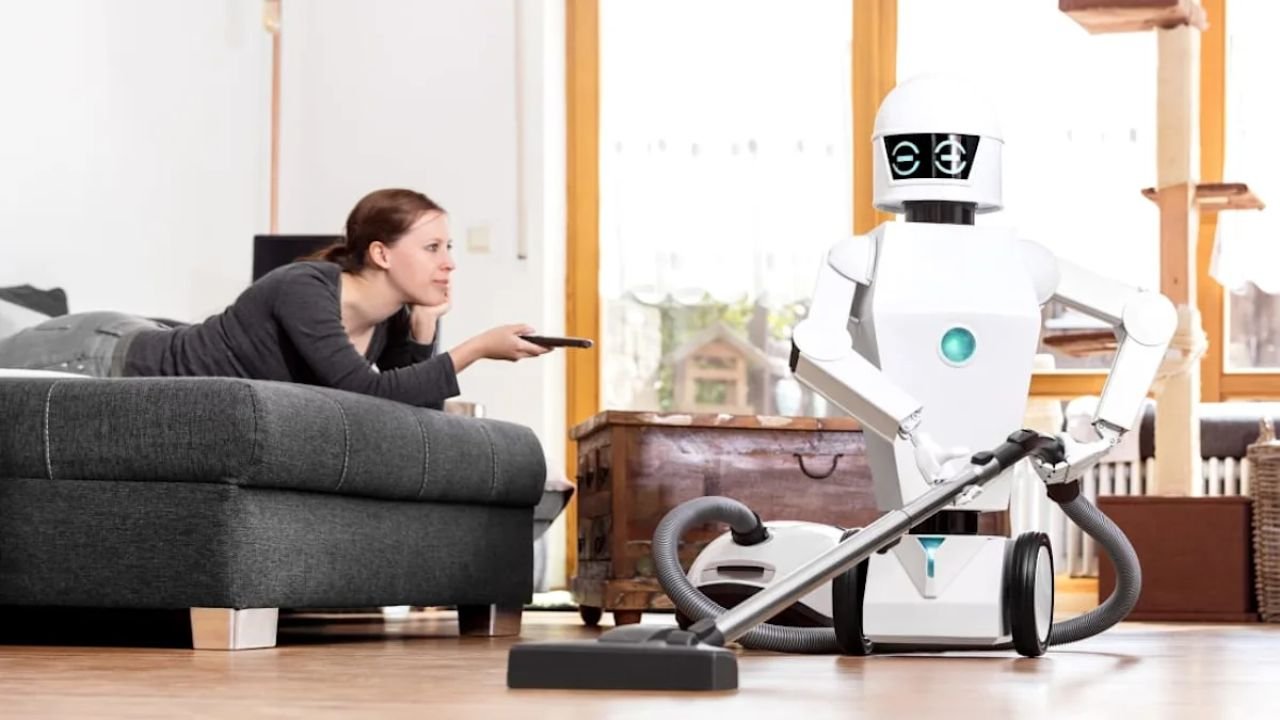Massachusetts Institute of Technology (MIT) researchers are pioneering new methods to train robots capable of carrying out household chores with near-human adaptability. Through multifaceted research teams, notably at MIT’s Computer Science and Artificial Intelligence Laboratory (CSAIL), innovative systems and interfaces have been developed to tackle unique challenges in domestic robotics. Their efforts are transforming the prospects for home automation, bringing sophisticated robots closer to meaningful integration with everyday domestic life.
The Vision: Robots That Learn Like Humans
MIT’s vision for household robots revolves around human-centric learning models and practical adaptability:
- Generalist Robot Policies: Instead of hard-coding each task, MIT aims to teach robots generalist policies that allow them to adapt to countless scenarios and nuances typical of real homes. The core idea is to ensure robots are not just “recipe followers” but resourceful problem solvers who can deal with unpredictability—like clutter, distractions, and variations in lighting or object positions.
- Learning From Demonstration: MIT engineers are enabling robots to learn skills by observing human actions or being guided through the tasks directly, leveraging “learning from demonstration” (LfD). This approach lets even non-experts teach robots new chores intuitively—remotely controlling them, physically guiding them, or simply performing tasks in front of them for imitation.
Real-to-Sim-to-Real: Bridging Reality and Simulation
One of MIT CSAIL’s notable contributions is the Real-to-Sim-to-Real (“RialTo”) pipeline:
- Digital Twin Creation: Users scan their physical environment with a smartphone, capturing a precise digital replica using advanced computer vision tools. These digital twins are then uploaded and refined—adding joints and defining objects.
- Simulation Training: Robots can train within these simulations utilizing reinforcement learning. By replicating real-world demonstrations inside simulated environments, robots build robust policies that remain effective when transferred back into the real world.
- Performance Improvements: In MIT’s tests, this approach enabled robots to execute tasks such as opening a toaster, placing books on shelves, putting dishes in racks, and handling cabinets and drawers. When exposed to random object placements, visual distractions, and physical disturbances, robots trained under this paradigm excelled compared to those using traditional imitation learning.
- Safety and Efficiency: Training in simulation eliminates safety risks and dramatically boosts efficiency of learning, bypassing tedious reward engineering and expensive, unsafe real-world trial-and-error.
Human-Friendly Interfaces: Versatile Demonstration Tools
To democratize robot training, MIT developed a versatile demonstration interface (VDI):
- Three-in-One Training: The handheld, sensor-equipped attachment fits collaborative robotic arms, allowing teaching by remote teleoperation (joystick), kinesthetic manipulation (physical guidance), or natural task demonstration (performing task while the robot watches).
- Multi-Method Flexibility: Users can pick the most suitable training mode based on the task or personal comfort. For example, a hazardous task like handling toxic substances might be trained via teleoperation, while precise, delicate chores would benefit from natural teaching.
- Usability Validation: Manufacturing experts who tried the VDI generally preferred natural demonstration, but highlighted scenarios where each method had its advantages.
- Widening the User Base: By reducing the need for specialized programming knowledge, MIT’s tool makes advanced robot training accessible to virtually anyone—factory workers, caregivers, homeowners, or even children.
Sample of Household Chores Robots Now Learn
MIT’s robots have already mastered a range of household tasks:
- Opening toasters, cabinets, and drawers.
- Placing or retrieving objects (plates, mugs, books) from shelves and racks.
- Pouring liquids, rolling or molding substances, and press-fitting objects.
- Setting tables according to specific configurations.
- Performing tasks sequentially, such as placing a can in a recycling bag then lifting the bag.
Training Innovations and Efficiency
- Accelerated Learning Cycles: MIT’s simulation-based systems can be trained fully in just three days — drastically faster than conventional robot training.
- Minimized Human Input: The researchers are working to reduce human intervention further by leveraging foundation models and pre-trained datasets.
- Robustness to Disturbance: Tests demonstrate superior adaptability to “messy” home scenarios, outperforming older imitation-based systems, especially when unexpected real-world disruptions happen.
Addressing the Challenges
Despite the promise, MIT acknowledges several outstanding hurdles:
- Sim-to-Real Transfer: Translating skills from simulation to real-world execution is difficult, especially with deformable objects (like cloth or liquids).
- Environment Complexity: While robots navigate familiar settings well, unknown or highly cluttered environments still present limitations.
- Speed and Scalability: Training time and scaling algorithms for broader generalization remain key areas for future improvement.
Future Directions: Toward Truly Helpful Home Robots
MIT’s researchers are energized by:
- Foundation Models: Adapting AI architectures similar to large language models for robotics, enabling massively pre-trained universal robot “brains” that can generalize across diverse chores.
- Digital Twin Automation: Expanding the ability to quickly scan and train robots for any domestic space with minimal adjustment.
- Collaborative Robotics: Integrating robots more deeply with real human teams—whether assisting the elderly, supporting manufacturing, or handling tasks in unfamiliar environments.
- Voice and Natural Interaction: Envisioning robots that not only imitate but respond to natural instructions, voice commands, and context-sensitive requests.
Societal Implications and Impact
The societal potential of MIT’s research is enormous:
- Accessible Home Assistance: Elderly and disabled individuals could benefit from direct, customizable robot helpers that understand unique home layouts.
- Democratized Training: Anyone can teach robots without technical expertise, fostering human-robot synergy across homes, workplaces, and care settings.
- Shift in Human Roles: As robots take over repetitive chores, humans can focus on creative and meaningful tasks, redefining domestic and professional labor.
Conclusion
MIT’s advances in robot training and household automation are steadily closing the gap between science fiction and reality. Through simulation-powered learning and versatile, user-friendly interfaces, MIT’s robot teams have demonstrated how machines can be taught to tackle everyday chores with human-like flexibility even in “messy,” unpredictable real-life homes. As the field evolves, the boundaries of what domestic robots can do—and who can train them—are expanding dramatically, promising a future where helpful, adaptive robots are as common in homes as smartphones or household appliances.

